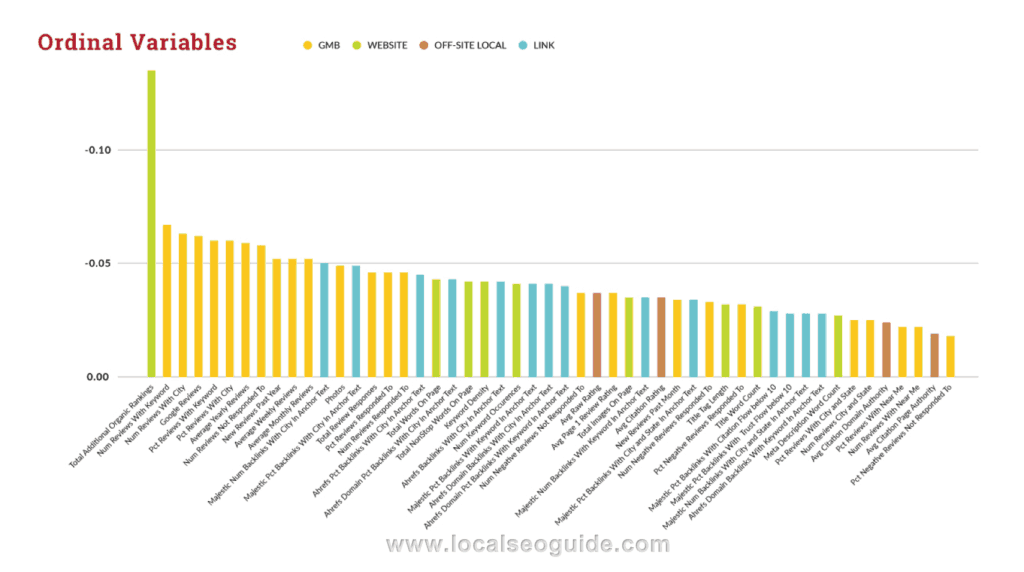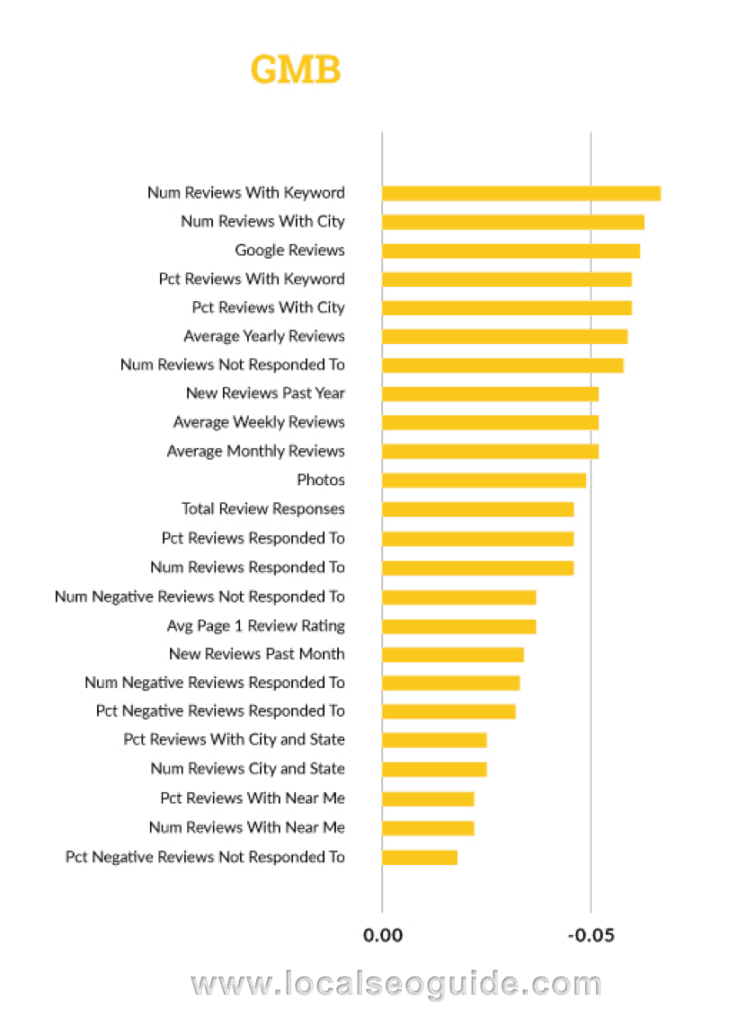Google report lists improvement in global web ecosystem after algorithm update in 2018.
As PC and mobile devices increase in power and internet speeds increased, websites have adapted to meet the needs of consumers. This adaptation meant building sites with better visuals and more impressive features while getting them to run faster. There is evidence that making these changes have made things better from websites. A recent report from Google suggests consumers and retailers benefited from the increasing speed of the internet.
Google likes to move the web in specific directions that it thinks are beneficial for everyone. Because of Google’s massive market share in web search, their ranking factors decide how most websites are built. For example, Google made HTTPS encryption and mobile-friendly design into ranking factors, which encouraged almost every website to follow suit.
Some people would consider Google’s action to be an abuse of their market position, but the results have been mainly positive. To prove this, Google looked at what happened on the web in the year since they added speed as a ranking factor. Their results note several ways that websites and their visitors have benefited from the results.
According to the results from Google, even the sites that made the least amount change in their overall speed saw modest gains as a result. For the slowest one-third of traffic, the user-centric performance metrics improved by 15 percent to 20 percent in 2018. This improvement is exceptionally significant as there was no improvement in 2017.
Google also notes that the entire web ecosystem improved, though there are other factors involved besides Google’s algorithm, such as infrastructure improvements. Whatever the reason, more than 95 percent of countries showed improved speeds, when measured on a per country basis.
Improving the online experience for visitors by increasing the speed can have tangible benefits when it comes to sales. Slow loading pages are often abandoned by consumers who expect content to load with a few seconds. Due to the speed improvements, Google observed a 20 percent reduction in abandonment rate for navigations initiated from Search. Site owners can now measure the same abandonment rate for their site by using the Network Error Logging API available in Chrome.
While Google’s algorithm change isn’t the only reason for increasing website speeds in 2018, but there is evidence to suggest that the ranking factor did influence the decisions of web developers. Google reports that developers ran over a billion PageSpeed Insights audits during 2018, which was used to identify performance optimization opportunities for over 200 million unique URLs.
If you want to improve the speed of your website, Google has a three-step approach for developers. First, they recommend using PageSpeed Insights, which provides page analysis and optimization recommendations. There’s also the Google Chrome User Experience Report, which gives user experience metrics on how real-world Chrome users experience popular destinations on the web to help you benchmark your site. And Google also has documentation on performance on Web Fundamentals.




